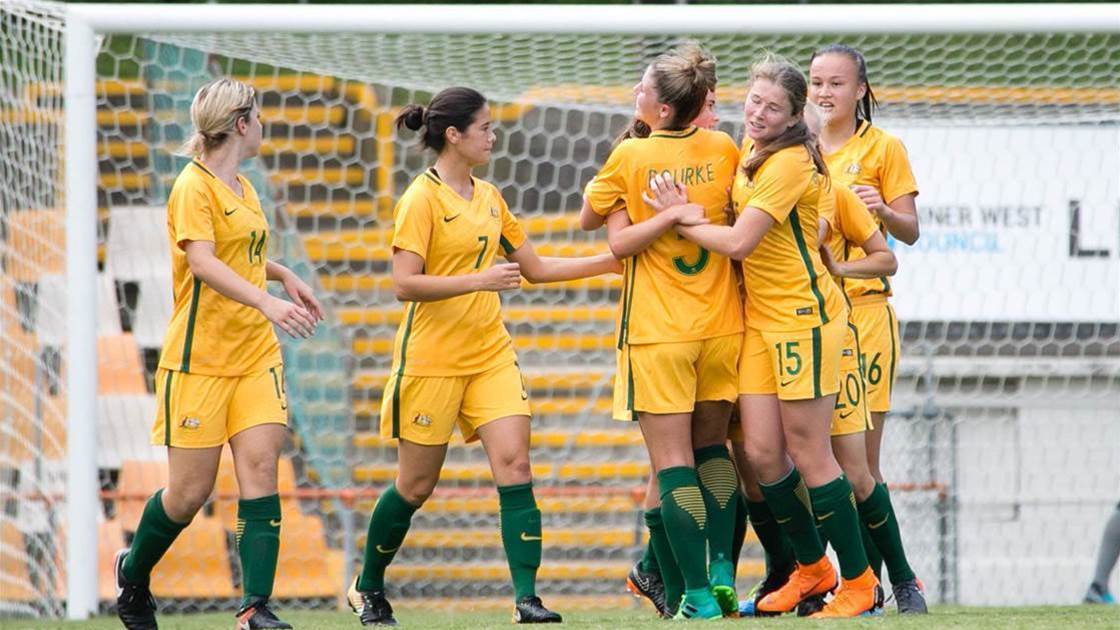As the Socceroos bowed out of the World Cup, it brought up the important discussion of youth development in Australia.
This discussion has predominately focused on the men's side of the game. I understand why, after all it was the third time the Socceroos had bowed out at the group stage and the A-League was the talk of the town last season for many reasons.
But we can't just focus on Socceroos because it’s the men’s world cup year. It's time we also discuss how the women's game can be improved.
The Matildas will head to France next year trying to continue their strong performance in World Cup’s, having made it out of the group stages for the past three tournaments.
They are soaring high as they sit in the top 10 and because of this, the development of girls and women in football is rarely looked at. Some people wouldn't know that the Young Matildas have not qualified for a Youth World Cup since 2006 and the Mini Matildas have never qualified.
 FFA, with the help of the NSW Government, NSWIS, and FNSW, have taken steps to ensure that in the future the Young Matildas can qualify for a World Cup and the gap between the current and future generations of Matildas is minimised by adding another level of development.
FFA, with the help of the NSW Government, NSWIS, and FNSW, have taken steps to ensure that in the future the Young Matildas can qualify for a World Cup and the gap between the current and future generations of Matildas is minimised by adding another level of development.
There needs to be discussions around why our Aussie women youth teams are missing the World Cup in the first place?, Why do we need a specialised program to develop talent and are the system currently in place helping produce the next crop of Matildas?
The answer is not a simple one as there are issues including junior structures, financial constraints, and inequality. These are not new issues, in fact, many are the same that junior boys face.
FFA can't bare the sole blame for the issues in youth development, everyone plays their roles and it starts with State Federations.
Tasmania and Western Australia don't have National Premiership League Women's and girls competitions but when looking at Football New South Wales (FNSW), Football Federation Victoria (FFV), Football Federation South Australia (FFSA), Capital Football and Football Queensland (FQ), who all have NPLW, their setups have no cohesion.
While I understand that age divisions and amount of teams are decided based on the number of players in that region, some decisions don't make sense.
South Australia only have women and reserve teams in the NPL while their junior girls go through the Junior Premier League while FQ restructures in 2016 saw the removal of a stand-alone Youth Women’s competition. Despite protest from players and clubs, it was never reinstated.
In Queensland, the NPL Women's competition, which has 14 teams, is confined to the South-East of the state. Effectively, for each team and each age group, there needs to be 20 players for U13, U15, U17 and senior women's while players from outside this region make up only a small percentage that participates in NPLW.
Related Articles

Champion A-League coach set to join Premier League giants

Split decision: Popovic in mix as Hajduk hunt new boss













